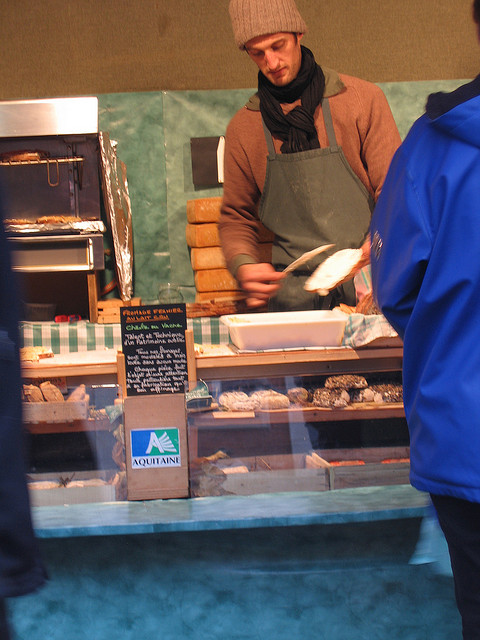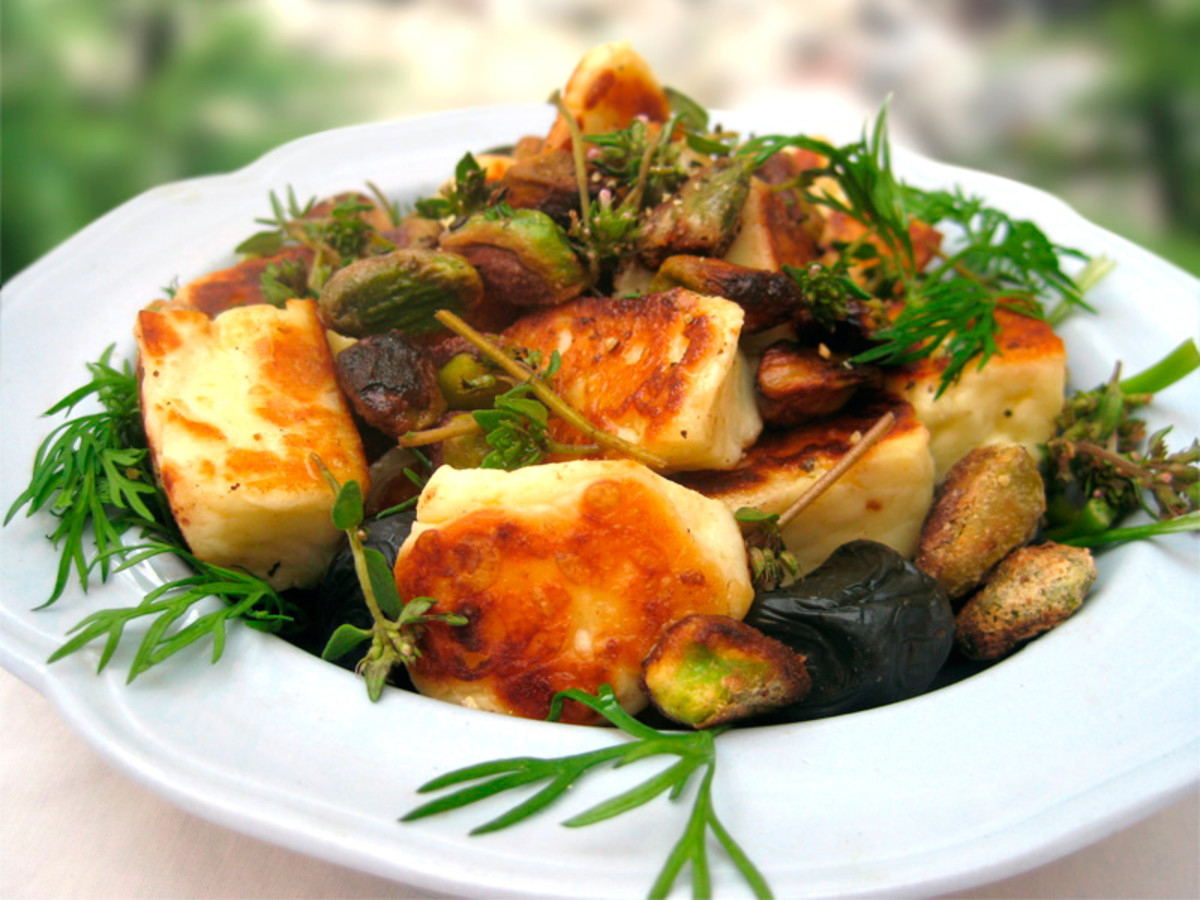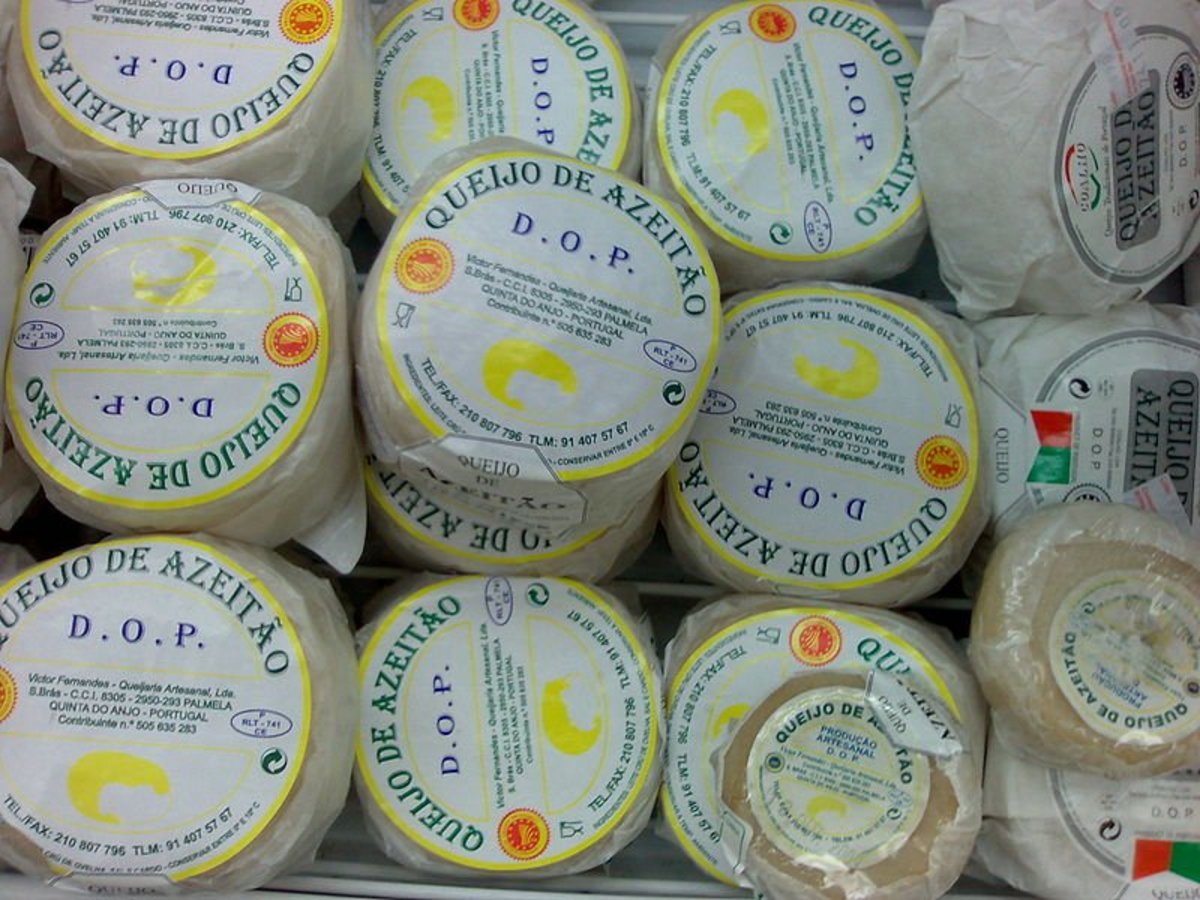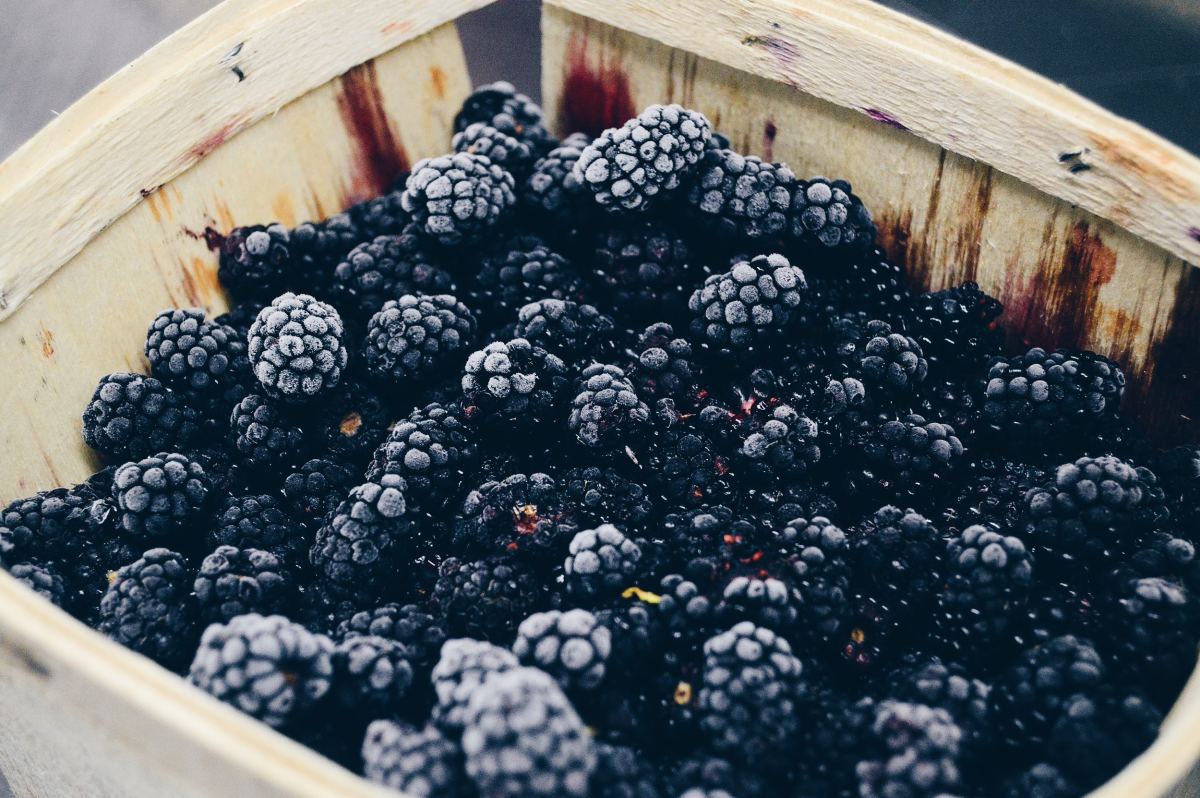How to buy, eat and store cheese correctly.
Cheese - a foodie's delight
It's no secret around here that I'm a foodie ... a food snob if you like. I like good food and nothing makes me madder than a bag of frogs than paying for a meal out and then realising I could have cooked better myself. But, until I met he who must be endured ... sorry, I meant 'adored' ... I had never experimented much with cheese.
This is not a euphemism for strange bedroom shenanigans, it is what it says on the tin. Now however, thanks to the present Mr Right, I have found a whole new world of taste at my fingertips. Or rather, at my tastebuds. And in a sad, and rather elderly, way we spend many a happy hour browsing in specialist cheese shops and the more 'done-it-themselves' cheese stalls on farmer's markets whilst trying not to let saliva drip on their wares.
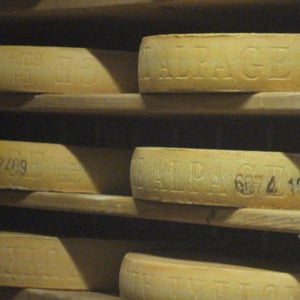
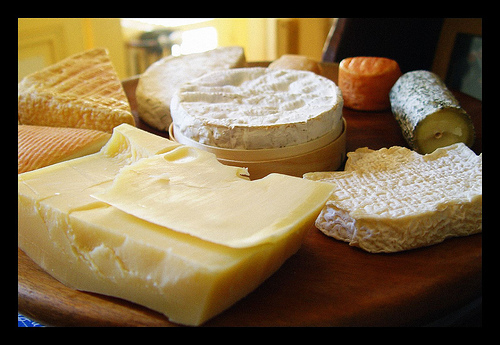
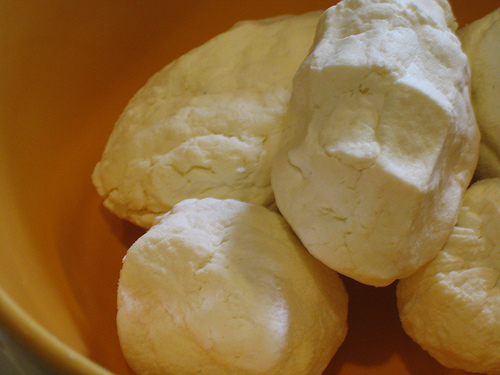
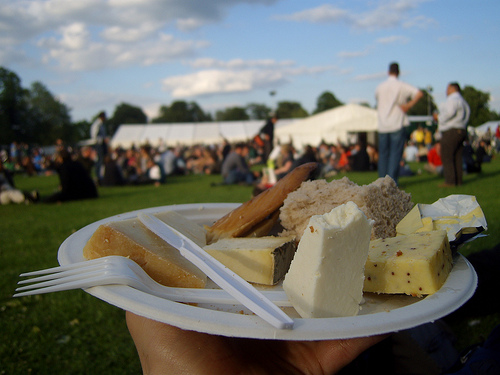
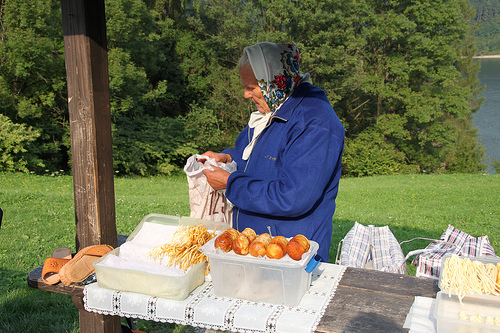
The intricacies of choosing cheese.
If you really appreciate cheese it is always best to go to a specialist cheese shop or delicatessen. Supermarket cheese is okay but it is invariably shrink-wrapped in plastic which does not allow it to breathe.
Cheese is a living organism and it should not be cut off from air. You wouldn't shrink wrap your granny, (I hope), so don't do it to your cheese.
Here I must flag up a problem with going to a cheese shop however ... the choice is often overwhelming. A good cheese specialist should offer you delicate slivers of the ones you like the look of and he will have a special sort of cheese 'plane' to do this. Provided you don't abuse this and fill up with cheese slivers and not buy anything, your cheese specialist will be thrilled to help you choose and can often be a complete anorak about cheese.
Our local cheese buff is an adorable elderly gentleman with an encyclopaedic knowledge of a huge array of cheeses, as well as knowing the genealogies of the original makers.
Take your time and try the cheeses.
Time has to be allowed for the process of choosing cheese. It should not be a wham, bam, thank you m' dear sort of experience. For a start you have to choose which animal you want to have originally provided the milk for your cheese, whether it is cow, Jersey cow, goat, ewe, water buffalo, yak, reindeer or camel. You may be a bit pushed to find cheeses from the last three in the Western world but they do exist, honestly.
Then you have to decide on texture, soft or hard (generally the harder the cheese the higher the fat content) and do you like your cheese strong or a mild and creamy, buttery sort of flavour? And what about a blue cheese - cheese that is made using the spores of the mould, Penicillium Roqueforti to flavour it?
As the name of the mould suggests this mould is part of the penicillin family of moulds and was first developed by the makers of the wonderful Roquefort cheese in the south of France. For me, and despite it being a rather staid choice, my especial favourite has to be an immature blue Stilton from Leicestershire but I also love Cambazola for its mild, buttery flavour.
One idea is to try the cheeses local to your area. The ones produced by all those adventurous types who knit their own sandals, live out of the hedgerows and grow their own cheese. I promise you there are many wonderful cheeses from such small producers.
And of course you can always try making your own cheese.
How to eat cheese.
Really, the hard part about cheese is the choosing and it is possible, even after tasting, to bring one home that, on closer acquaintance, you find you don't like at all ... a bit like men really. (Apologies for the feeble joke ...)
Once however you have got your cheese home try to resist the urge to sit down immediately and gorge. Again, time is needed for the cheese to warm up and develop its full flavour. You need to take cheese out of the fridge at least an hour before it is to be eaten and its packaging or container should be loosened to allow it to breathe.
I believe you should always eat your cheese the way you want to. Avoid the rules, avoid the purists, eat it whichever way gives you the most pleasure. And above all, experiment! After all that is what all the culinary greats do. Try it. You may discover a combination that will become a future classic, a bit like the BLT. Hmmm ... or possibly not.
A large of truckle of Stilton can be an especial treat at Christmas if you have a lot of guests. It is traditionally eaten with a special 'Stilton' spoon and so is hollowed out from the centre. This is wonderful eaten with water biscuits, crackers which do not overpower the flavour of the cheese.
You can also add a few walnuts on the side, though I like to team it up with a tiny dab of a sweet, fruit chutney or even quince membrillo. I can see the cheese experts wincing here but I just love the contrast between the salt and sweet flavours. And blue cheese on toast topped with mango chutney - ah, to die for.
How to store cheese correctly,
This is the easy bit that so many of us get so wrong. We wrap it in cling film and stick it in the fridge. Then we wonder why it has dried out and tastes of nothing. My advice would be to shop often for cheese.
Buy small amounts that can be eaten within a day or two and leave it in a cool place (not the fridge, if possible) loosely wrapped in foil, greaseproof or waxed paper. Or even buy an old-fashioned cheese dish with a lid to enable you to leave small portions out of the fridge until they are eaten; as they did in granny's day. Well, my granny's anyway.
If you buy more cheese than you can immediately eat, wrap it loosely in the foil, waxed or greaseproof paper and put it in a plastic container in the fridge. This is particularly important in the case of blue cheeses as the spores can migrate and affect other foods. A container is necessary as cheese can also absorb other aromas and who wants mackerel flavoured cheese ... I know I said experiment but there is a limit.
And never, ever, freeze cheese ... it spoils it. Full stop. Buy it fresh, enjoy the process of tasting and buying, and savour its subtlety only when it is at its very best.
Well what are you waiting for? Go out there and enjoy cheese.
